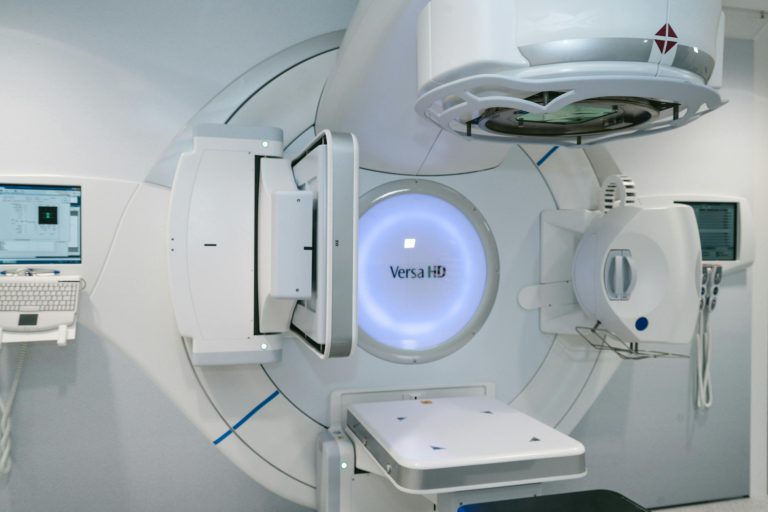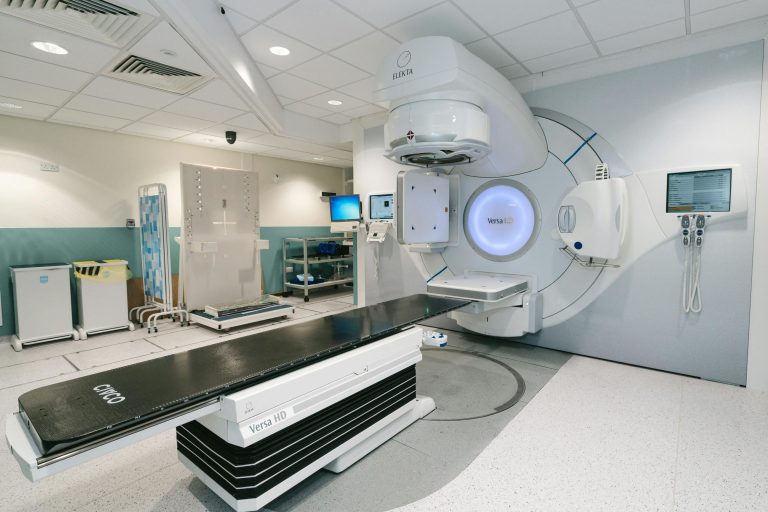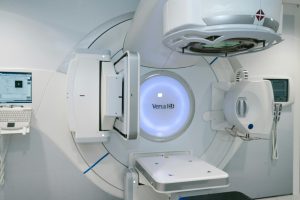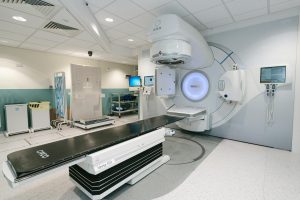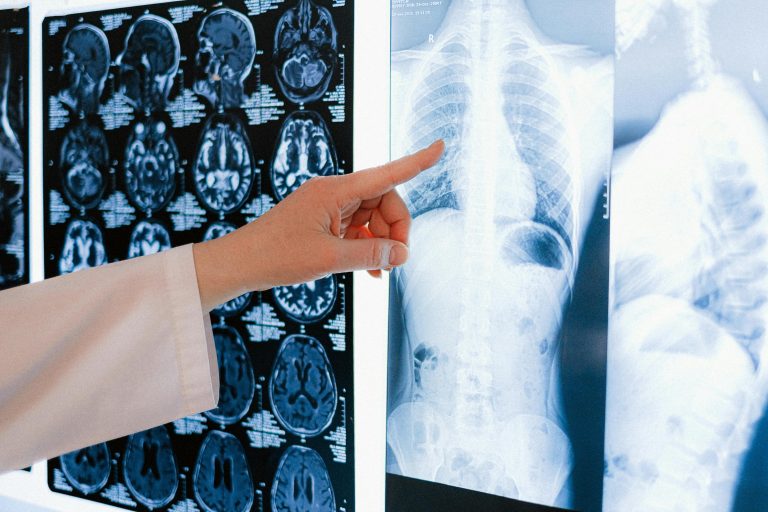Cardiac catheterisation laboratories, often referred to as cath labs, are specialized medical facilities where diagnostic and therapeutic procedures related to the heart and its blood vessels are performed. These labs play a crucial role in the management of cardiovascular diseases, providing a controlled environment equipped with advanced imaging technology and medical equipment necessary for a wide range of heart-related procedures.
Purpose and Functions
The primary purpose of a cardiac catheterisation laboratory is to diagnose and treat cardiovascular conditions. Procedures performed in cath labs include angiograms, angioplasties, stent placements, and electrophysiological studies.
- Diagnostic Procedures:
- Coronary Angiography: A common diagnostic test where contrast dye is injected into the coronary arteries, allowing doctors to visualize blockages or narrowings using X-ray imaging.
- Right and Left Heart Catheterisation: These procedures measure pressures within the heart chambers and assess the function of the heart valves and muscles.
- Electrophysiology Studies (EPS): These studies diagnose and treat abnormal heart rhythms (arrhythmias) by mapping the electrical activity of the heart.
- Therapeutic Procedures:
- Percutaneous Coronary Intervention (PCI): Commonly known as angioplasty, this procedure involves the insertion of a balloon-tipped catheter to open narrowed or blocked coronary arteries. Stents are often placed to keep the arteries open.
- Atherectomy: This involves removing plaque from the arteries using specialized catheters.
- Device Implantations: Implantable devices like pacemakers and defibrillators are inserted to regulate heart rhythms.
Equipment and Technology
Cardiac catheterisation laboratories are equipped with state-of-the-art technology to ensure precise diagnostics and treatments. Key components include:
- Fluoroscopy Machines: These X-ray machines provide real-time imaging, essential for guiding catheters and other instruments through the blood vessels.
- Hemodynamic Monitoring Systems: These systems continuously measure blood pressure and blood flow within the heart and vessels.
- Intravascular Ultrasound (IVUS): This imaging technology provides detailed pictures of the interior walls of blood vessels, aiding in the assessment and treatment of arterial diseases.
- Fractional Flow Reserve (FFR): This technology measures pressure differences across a coronary artery stenosis to assess its significance in restricting blood flow.
Safety and Sterility
Maintaining a sterile environment is paramount in cardiac catheterisation laboratories to prevent infections. The labs are designed with strict protocols for cleanliness and the handling of sterile instruments. Personnel wear protective clothing, and patients are carefully prepared to minimize the risk of infection.
The Cath Lab Team
A highly trained, multidisciplinary team operates the cardiac catheterisation laboratory. This team typically includes:
- Interventional Cardiologists: Physicians specialized in performing catheter-based procedures.
- Radiologic Technologists: Professionals who operate imaging equipment and assist with procedures.
- Nurses: Specialize in cardiovascular care, providing patient support before, during, and after procedures.
- Technicians: Assist with the preparation and maintenance of equipment and supplies.
Advancements and Innovations
The field of cardiac catheterisation is continually evolving, with innovations aimed at improving patient outcomes and procedural efficiency. Recent advancements include the development of bioresorbable stents, which dissolve over time, reducing the long-term risks associated with traditional metal stents. Additionally, advancements in imaging techniques, such as optical coherence tomography (OCT), provide even more detailed views of the coronary arteries, enhancing diagnostic accuracy and treatment precision.
Cardiac catheterisation laboratories are vital in the diagnosis and treatment of cardiovascular diseases. With their advanced technology, specialized equipment, and skilled medical teams, cath labs provide life-saving procedures that significantly improve patient outcomes. As technology continues to advance, the capabilities and effectiveness of cardiac catheterisation laboratories will only grow, offering even more sophisticated and less invasive options for patients with heart conditions.


